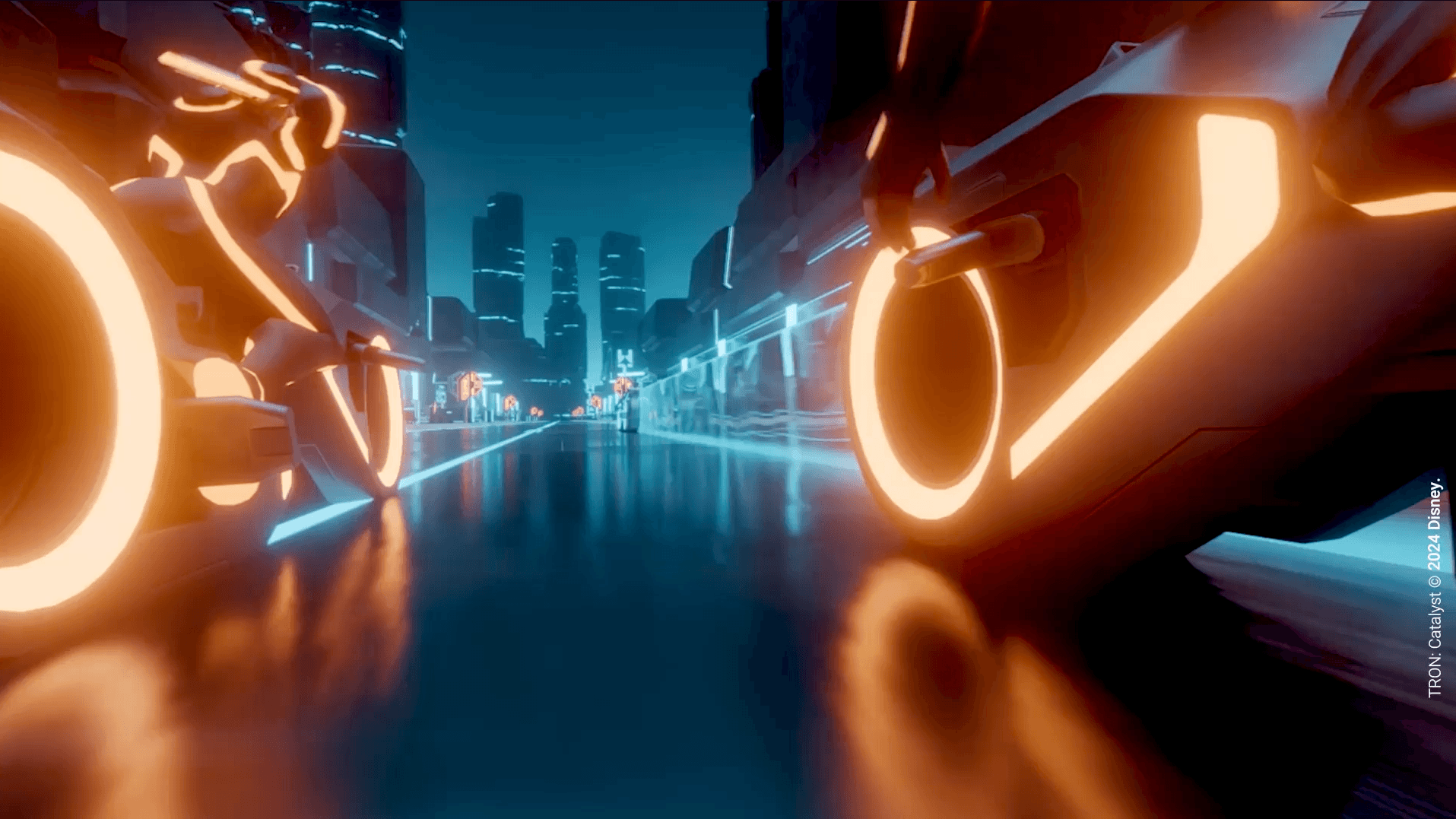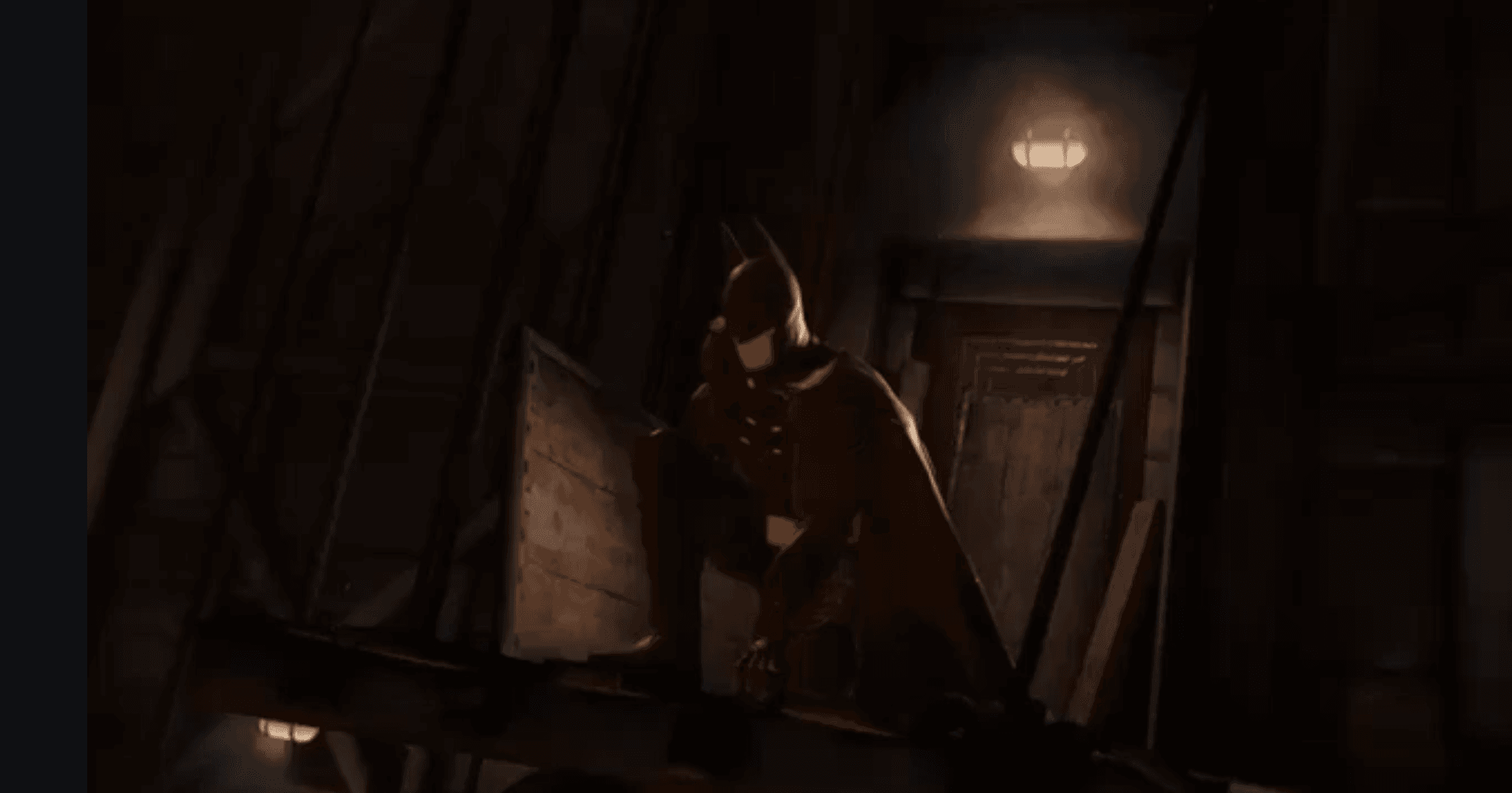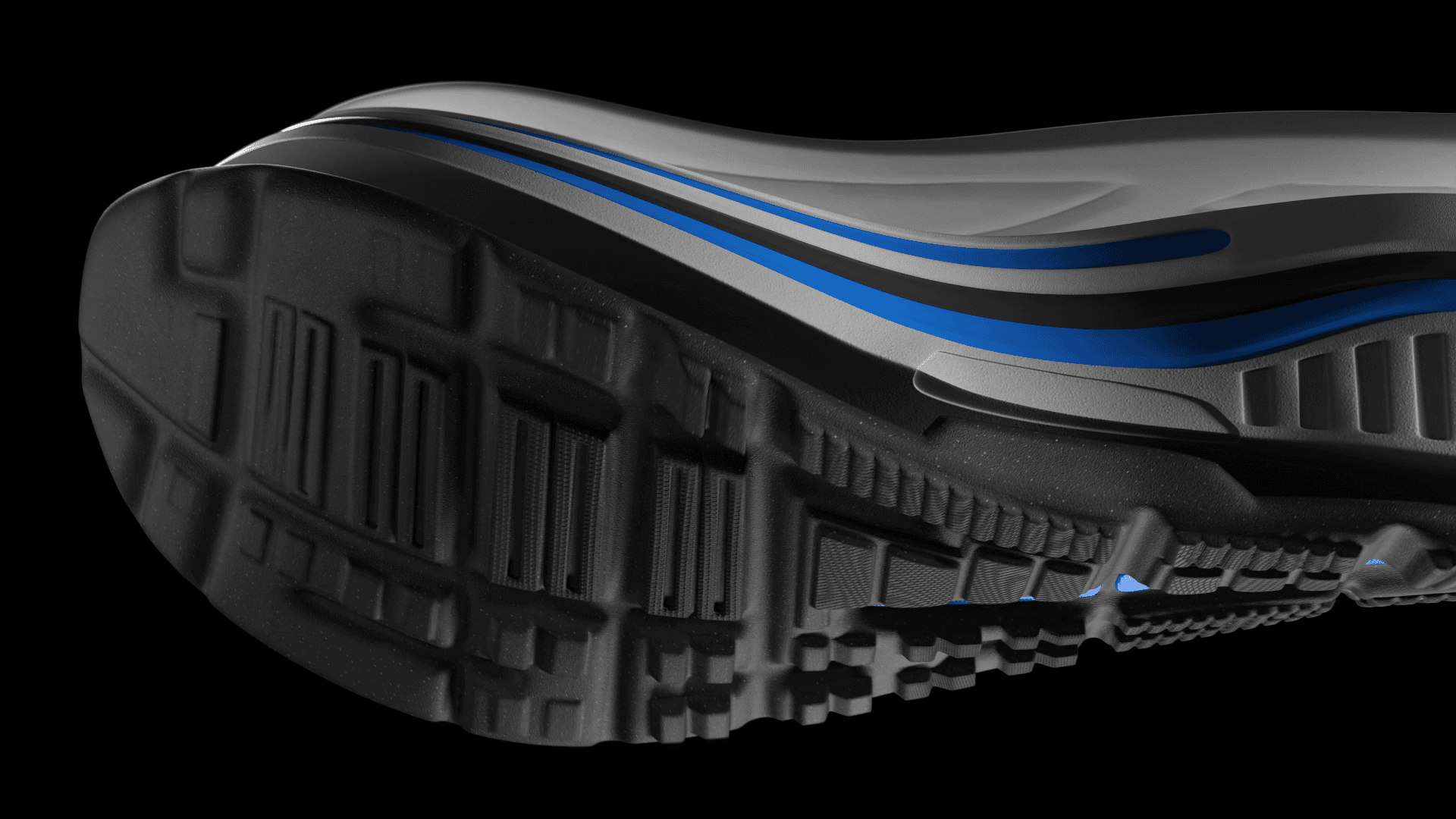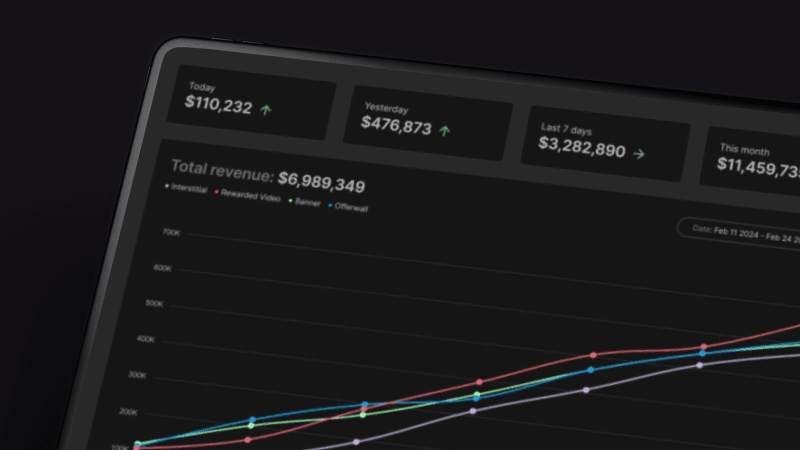
Commencez à créer
25+
end-user platforms supported for running Unity creations²
3,6 milliards
de téléchargements par mois d'applications Made with Unity³
82
des 100 premiers jeux utilisent Unity pour se développer⁴
Crédits créateurs¹

Jeux
Créez et développez des jeux exceptionnels accessibles sur plus de 20 plateformes et des milliards d'appareils, en utilisant notre gamme complète d'outils et de services couvrant toutes les étapes, de la création à la mise sur le marché et au-delà.⁵

Industrie
Obtenez les outils créatifs et l'assistance professionnelle dont vous avez besoin pour convertir vos données CAO et 3D en applications et expériences immersives utilisables sur tous les appareils, en tout lieu.

Développez
Développez votre application dès le début avec l’ensemble complet d’outils performants, de services et d’expertise de Unity pour faire de vos activités un véritable succès.
Témoignages de réussite
Découvrez comment les créateurs et les studios du monde entier ont connu un succès remarquable grâce aux solutions et aux services d'Unity.
Des ressources précieuses pour une communauté active
Ressources
Accélérez votre travail avec une assistance pas à pas, une vaste FAQ, un système de suivi des problèmes, et bien d'autres outils.
Formation
Explorez nos formations en ligne, certifications, offres de licences pour les établissements scolaires et ressources dédiées aux formateurs.
Communauté
Intégrez le réseau international de créateurs Unity, composé de passionnés et d’experts, pour échanger, apprendre et trouver de l'inspiration.
Offres d’abonnement
Personal
Donnez vie à votre vision en accédant gratuitement au moteur de jeu le plus utilisé au monde.
Pro
Libérez tout le potentiel de votre équipe avec des outils professionnels de création de jeu pour tous les appareils et toutes les plateformes.
Enterprise
Gérez des projets 3D en temps réel complexes grâce à l'expertise de spécialistes et des outils de création modulables adaptés à toutes les équipes.
Avertissements
- Crédits créateurs : TRON : Catalyseur, Bithell Games, Big Fan Games, Devolver Digital | Dystopika, Voids Within, Label UNIKAT | Dredge, Black Salt Games, Team 17 | Worldless, NoName Studios, Coatsink, Thunderful | Lost Skies, Bossa Studios, Humble Games | Starship Home, Creature | Surfpunk, Double Stallion | POOLS, Tensori, Label UNIKAT
- Avertissement : À partir de septembre 2025. Source : Données Unity
- À partir de septembre 2023. Source : sources internes Unity, Data.ai et Steam DB. Avertissement : le nombre de téléchargements est un chiffre combiné de 3,56 milliards de téléchargements mobiles basé sur les données de data.ai et une estimation interne de 98 millions de téléchargements basée sur les données de Steam.
- Source : Data.ai et les données internes du réseau Unity. Avertissement : À partir d'août 2025. Top 100 des jeux basés sur le total mondial des téléchargements sur l'Apple App Store et google play entre le 27 avril et le 10 mai 2025. « Grow their games » est défini comme ayant plus d'un dollar d'activité en utilisant les services Unity uAds, iAds, Tapjoy OW, LevelPlay, Aura ou Ad Quality.
- Crédits créateurs : Camouflaj pour Batman | Je suis ta bête, Strange Scaffold | Genshin Impact, miHoYo